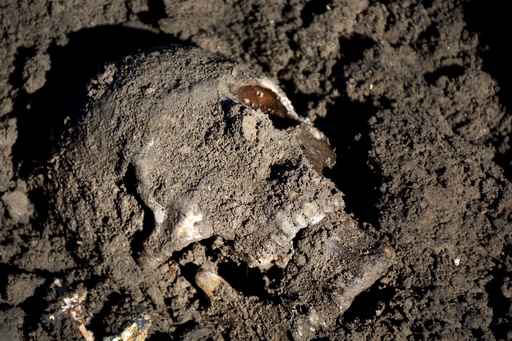When Rihan Ismail returned to her Yazidi community in Sinjar, Iraq, she had hoped it would be a permanent homecoming after years of captivity under Islamic State militants. But the reality was harsh as she found her village, Hardan, devastated, with her father and younger sister still missing and her brothers buried in a mass grave.
Years after the IS assault on the Yazidi community, some have started to return to Sinjar, their homeland of deep emotional and religious significance. But challenges remain, such as lack of funds to rebuild destroyed homes, damaged infrastructure, and security concerns due to the presence of armed groups in the area.
Despite efforts to encourage displaced Yazidis to return to Sinjar, only a portion have done so, raising concerns about the community’s future and identity. The dispute over governance of Sinjar between the central government in Baghdad and Kurdish authorities further complicates the situation.
The closure of displacement camps in the Kurdish region where many Yazidis sought refuge has prompted some to return, like Barakat Khalil’s family, who now live in a rented house in Sinjar town. However, the prospect of rebuilding their lives in a place filled with haunting memories poses challenges.
Security concerns persist in Sinjar due to the presence of various militias and ongoing conflicts, adding to the unease felt by returning Yazidis. The complex dynamics in the region make it a fragile environment for rebuilding and reconciliation.
While some Yazidis, like Khudeida Murad Ismail, resist leaving the camps due to livelihood concerns, others like Barakat Khalil’s family try to restart their lives in Sinjar despite the uncertainties. The future of Sinjar remains uncertain as the community grapples with the aftermath of the IS atrocities and the ongoing struggles for stability and recovery.


